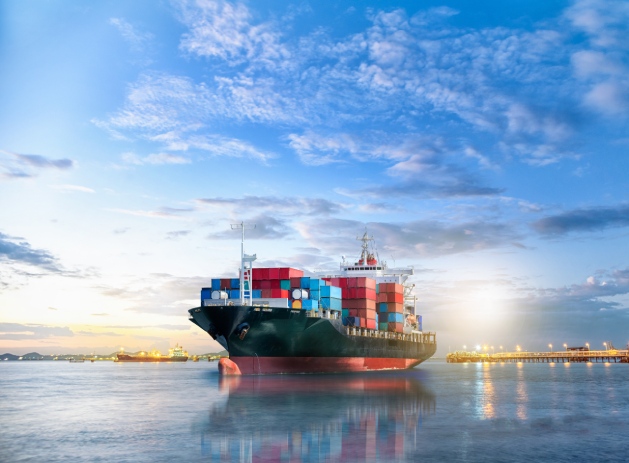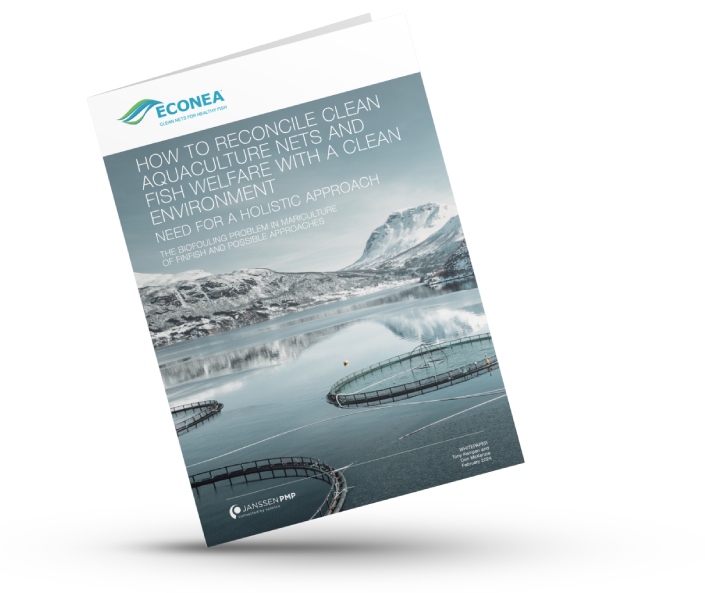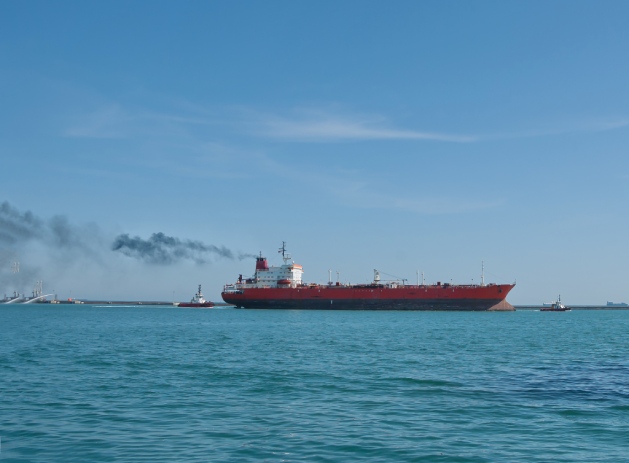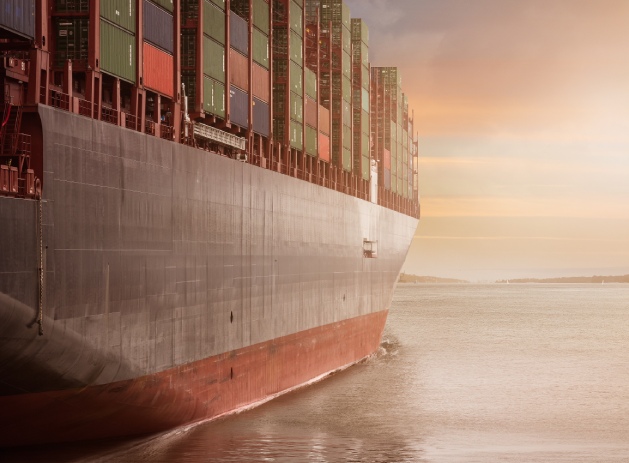How effective marine antifouling paints help to reduce ships' CO₂ emissions
30 Jan, 2023Decreasing the ecological footprint of shipping is a multi-layered effort. One proven way to reduce CO₂ emissions is to apply an effective marine antifouling paint. This blog post will take you through up to 11 tangible advantages of ECONEA®

Download the ECONEA® Whitepaper
To receive a copy of Janssen PMP’s whitepaper ‘How to reconcile clean aquaculture nets and fish welfare with a clean environment’, please provide your details below. After submitting the form, you will receive an e-mail with the whitepaper attached. We appreciate your interest. Please let us know if you would like to discuss the whitepaper in more detail.

Staying compliant with the UN's emission regulations
Aiming to decrease the carbon intensity of ships, the UN's International Maritime Organization (IMO) have put a new measure into effect as of 1 January 2023: the carbon intensity indicator (CII). The CII evaluates the energy efficiency of how ships are operated. An impactful way to get your vessels top CII ratings is by using effective antifouling paints.
Learn more about the IMO's Carbon Intensity Indicator (CII) as well as the initial GHG emissions strategy.

1. Preventing ecological disasters
One of the many advantages of effective marine antifouling paints is their role in helping to protect biodiversity. A fouled ship often carries invasive species over the oceans, potentially disrupting aquatic ecosystems.
2. Lower CO₂ emissions through better fuel efficiency
A fouled vessel means higher fuel consumption and greenhouse gas emissions, often by up to 40%. An effective antifouling paint lowers the hydrodynamic drag of the ship by preventing these organisms from clinging to the hull.
3. A big general step towards greener shipping
Helping to protect biodiversity and lowering CO₂ emissions: effective antifouling technologies clearly push the entire shipping industry towards a greener future.
4. ECONEA®: 7 additional benefits
So what added value does Janssen PMP's ECONEA® biofouling control technology offer?
- ECONEA® is about 10 times more active than cuprous oxide, by weight.
- ECONEA® helps to make antifouling paints smoother, which may lead to even higher fuel efficiency.
- ECONEA® breaks down rapidly in water, avoiding water pollution.
- ECONEA®-containing paints are more effective on stationary vessels and ships with low or variable activity levels.
- ECONEA® can be combined with Zinc PYRION™ for broad-spectrum activity.
- ECONEA®-based paints exist in a wider range of colors, with improved in-service colour retention.
- Lastly, ECONEA® is also a strategic tool to be less vulnerable to fluctuating copper prices.
Learn more about ECONEA®, which is approved under the EU BPR as well as with the US EPA
